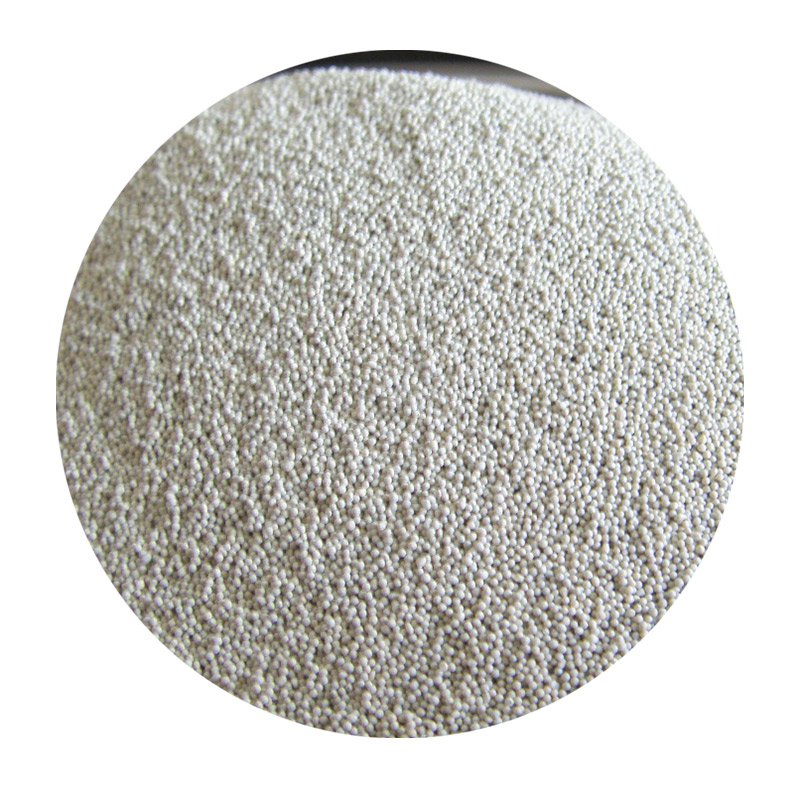

Progressively move to finer grits from 220 to 320, and eventually up to 600, 800, or even higher for a truly glass-like finish. Each step should erase the scratches left by the previous grit, refining the surface to a smooth perfection. When moving to new grit levels, ensure the surface is completely dry if wet sanding has been performed. This ensures you accurately see and feel the level of smoothness needed. After the final sanding, polishing is the next step to achieve a crystal-clear finish. Use a high-quality polishing compound designed for resin, applying it with a soft, lint-free cloth. Machines such as rotary polishers can speed up this process, but manual polishing offers better control over small or delicate pieces. Polish the resin in a circular motion, applying light pressure until the desired shine is obtained. The result is a surface that not only glistens under light but also showcases the depth of color and patterns within the resin. For larger projects or commercial production, sealing the sanded resin with an additional thin coat of resin can further enhance the gloss and protect the surface from scratches and UV damage. Finally, maintaining safety throughout the sanding process cannot be overstated. Resin dust can be hazardous if inhaled, so always wear a mask and ensure adequate ventilation in your workspace. Mastering the art of sanding resin combines technical skill with an appreciation for detail and patience. The outcome of a meticulously sanded and polished resin piece speaks to both the artisan's expertise and the material's inherent beauty. With the right practices, sanding resin can transform an ordinary project into an extraordinary work of art. Post time:فېۋرال . 11, 2025 18:54
Next:can i sand resin
